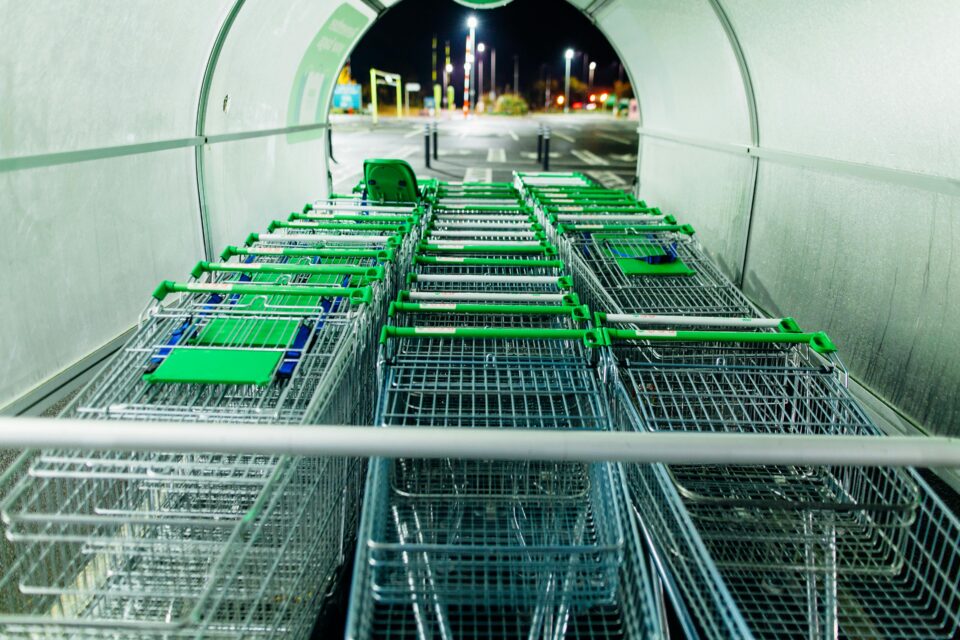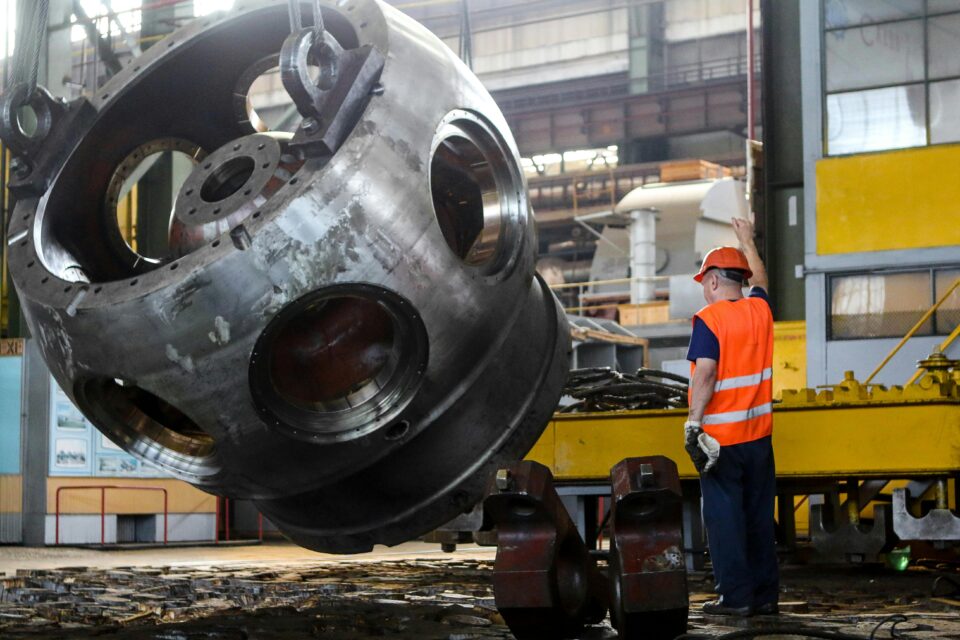Falls from a height
- Step ladder is not used as per the manufacturer instructions.
- The ladder used is too short to reach items.
- Not maintaining three points of contact with the ladder.
- Ladder is not properly positioned, requiring worker to overreach.
- Ladder failure.
What is the most common cause of step ladder accidents?
Incorrect extension ladder setup angle — In approximately 40% of cases, the leading cause of ladder-related injuries is a ladder sliding out at the base due to an incorrect setup angle. Inappropriate ladder selection — Selection of a ladder with the proper duty-rating is also important to avoid structural failure.
Causes of Falls
Common causes of falls from a height when using step ladders. Falls from ladders can result in serious injuries, so it’s crucial to be aware of these potential hazards and take steps to prevent them. Here’s a brief overview of each of the mentioned causes:
Step Ladder is Not Used as per Manufacturer Instructions: Manufacturers provide specific instructions for the safe use of their step ladders, including weight limits, proper setup, and precautions. Failure to follow these guidelines can lead to accidents.
Ladder Used is Too Short to Reach Items: Using a ladder that is not tall enough for the task may lead to overreaching or standing on the top rungs, which can cause the ladder to become unstable and result in a fall.
Not Maintaining Three Points of Contact with the Ladder: To climb a ladder safely, it’s essential to always maintain three points of contact—two hands and one foot or two feet and one hand. Breaking this contact by reaching out too far can lead to a loss of balance and a fall.
Ladder is Not Properly Positioned, Requiring Worker to Overreach: Proper ladder positioning is critical for stability. If the ladder is not placed on a level surface, is too far from the work area, or is at the wrong angle, the worker may need to overreach, leading to a fall.
Ladder Failure: Ladder failure can occur due to various reasons, including structural defects, damage, or wear and tear. Regular inspections and maintenance are essential to identify and address potential issues before they lead to ladder failure.
To prevent falls from step ladders and ensure safety:
- Choose the right ladder for the task, considering height and weight capacity.
- Follow manufacturer’s instructions for ladder setup and usage.
- Inspect ladders regularly for any signs of damage or wear.
- Use ladder accessories like stabilizers or levelers to ensure proper placement.
- Always maintain three points of contact while climbing and descending.
- Avoid carrying heavy or bulky items while on the ladder; use a tool belt or hoisting system when needed.
Safety training and awareness among workers are essential components of preventing ladder-related accidents. By following these guidelines and promoting a culture of ladder safety, organizations can reduce the risk of falls and protect their workers.
4 Main Types of Ladder Accidents
- Selecting the Wrong Type of Ladder. Like most other jobs, choosing the right tool can make all the difference when it comes to safety, and this is the same for ladders. …
- Using Worn or Damaged Ladders. …
- Incorrect Use of Ladders. …
- Incorrect Placement of Ladders.
What is a ladder cart?
A ladder cart is a versatile piece of equipment that can be used in a variety of ways in a warehouse or material handling setting. Carts are fitted with extra wide steps that are welded and bolted into place for stability, and non-slip friction tape to keep you safe while you work. Continuous grip handles are designed to safely ascend and descend on and off the ladder. Extended push handles make it easy to steer and maneuver ladder carts around your facility without hitting your shins on the ladder cart itself. Plus, the carts are made from durable materials that can handle heavy loads.
Every industry has different needs for picking and stocking. Our Ladder Carts help streamline merchandise selection and order organization while increasing productivity. We can provide solutions to help eliminate your challenges through ladder carts that can be customized to meet site requirements, provide greater mobility, and enhance safe ladder handling.
Ladder Accidents
The main types of ladder accidents can be attributed to various factors related to ladder selection, condition, usage, and placement. Let’s break down each of these four main types of ladder accidents:
Selecting the Wrong Type of Ladder: Using the wrong type of ladder for a specific task is a common cause of accidents. Ladders come in various styles and sizes, each designed for specific applications. Using a ladder that is too short, too tall, or not suited for the task at hand can lead to instability and falls. It’s essential to choose the appropriate ladder for the job to ensure safety.
Using Worn or Damaged Ladders: Ladders should be regularly inspected for signs of wear and damage. Over time, ladders can develop structural issues, such as bent rungs, loose hardware, or cracks in the frame. Using a ladder in poor condition increases the risk of accidents. Maintenance and proper storage of ladders are essential to ensure they remain safe for use.
Incorrect Use of Ladders: This type of accident occurs when workers do not follow safe ladder usage practices. Common mistakes include overreaching while on the ladder, carrying heavy or bulky items that affect balance, using ladders on unstable surfaces, or not maintaining three points of contact (hands and feet) when ascending or descending the ladder. Proper training and adherence to safety guidelines can prevent these accidents.
Incorrect Placement of Ladders: Placing ladders on unstable or uneven surfaces is a significant hazard. Ladders should always be set up on level ground or with appropriate leveling devices to ensure stability. Placing ladders too close to walls or other obstacles can also lead to accidents, as workers may not have enough space to safely ascend or descend. Preventing ladder accidents requires a combination of proper training, regular maintenance, careful selection of the right ladder for the task, and adherence to safety protocols. Safety measures should be a priority in any workplace where ladders are used to minimize the risk of injuries and accidents.



